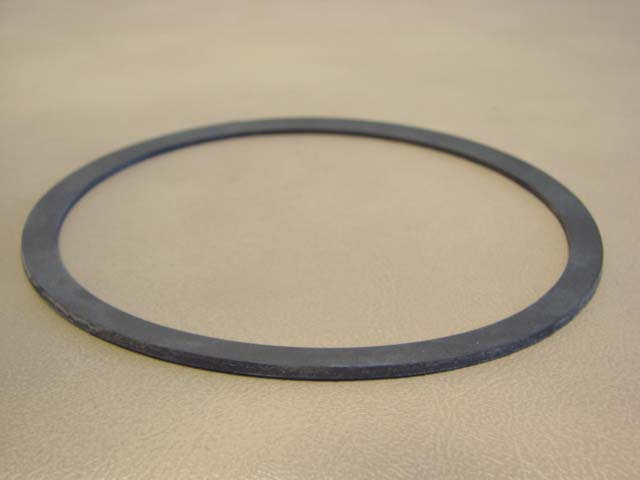

Is there something (control valve?) that is creating pressure when there should be only flow? (kinda neat to watch) If it is splashing, spraying or beginning to froth, you have a problem. In a normal system, at idle, with the top off the reservoir, the flow will be easily seen and will not splash out. A Ford reservoir sucks the fluid out of the center of the 'can' into the pump and returns it to the SIDE of the reservoir can directing the stream to essentially create a circular flow. Start car DO NOT TURN THE WHEEL and look at the fluid as it circulates. (1/4 to 1/2 inch from top) There should be no foam it should be nice ATF color & consistency. Testing: Car off - Remove dipstick (or cap over reservoir) to check that reservoir is full. If there is no attempt to steer the car (sitting still) the fluid will FLOW ONLY (from the pump, through the system and back to the reservoir) but will not develop pressure. There are valves and what-not that IF NECESSARY allow the fluid stream to develop pressure and force/assist the wheels to turn and lower the steering effort. It is sucked from the reservoir into the pump and sent into the system. In a P/S system fluid is always being circulated. (and generally fluid out too, which is how you find the leak) Low fluid level sucks a lot of air into the system and foams significantly Frothing is not normal it means there is a leak somewhere letting air into the system. After shutting down the engine the bubbles/froth will dissipate just like the foam dissipates on the top of a beer or soda. In a P/S system this will only happen when it is being pumped - circulated. Thankfully I was able to recognize this one.Īir in fluid causes it to become frothy and increase in volume. Lots of cruel and unusual things have been done to our cars over the years to keep them on the road. The lesson here is to never assume that things are as they were when the car left the factory. I have the parts to fix things on order and hopefully it will arrive tomorrow. This wasn't obvious since I had never taken it apart before.

With the smaller diameter filter the return hole was not properly covered and the fluid was just shooting up in the reservoir. The filter is designed to cover over the return hole in the reservoir and channel the fluid through the filter. It was a filter from a 1958 or later car. Long story short, the filter turned out to be the wrong one for the car. Before I did that I pulled the top off of the reservoir and took out he filter. I was prepared to rebuild the pump, thinking that there was something wrong with the pressure relief valve. I am thinking the issue is probably with the PS control valve, but I would welcome any other opinions regarding what is wrong and what needs to be fixed. To get home, I ended up disconnecting the belt and driving home with straight steering. The power steering has always worked, although it is noisy when making a turn after the car has warmed up. There must be some provision for that in the design of the pump so that the system does not become over-pressurized.
#1960 thunderbird power steering reservoir manual
I took a long look at the shop manual yesterday and it looks like somehow the PS fluid is being pressurized on return from the PS cylinder. I think it is reasonable to assume it has been this way for a long time and is the reason why the hole was welded shut. Obviously the pump would be spinning faster at that speed than at idle. At the time I started to notice the leak I was on route 15 going 65 MPH and mostly driving with the wheels pointed straight ahead. It seems as though the tank had become pressurized to the point that it is blowing copious amounts of power steering fluid out the hole in the cap. I discovered about an hour into the drive that the the power steering fluid was being blown out (a lot) from the previously closed hole in the cap. I drove up to Hershey Saturday from Rockville, MD. Well, 8,000 miles and 17 years later I decided to open up the hole, based on some advice of a friend in the local T-Bird Club. It didn't seem to bother things and I just left it that way, knowing it was incorrect. When I got my car in 1996 I noticed that the hole in the cap for the power steering reservior was welded shut. I was wondering if anyone has an idea about the genesis of a power steering problem I am having with my 1957 T-Bird.


 0 kommentar(er)
0 kommentar(er)
